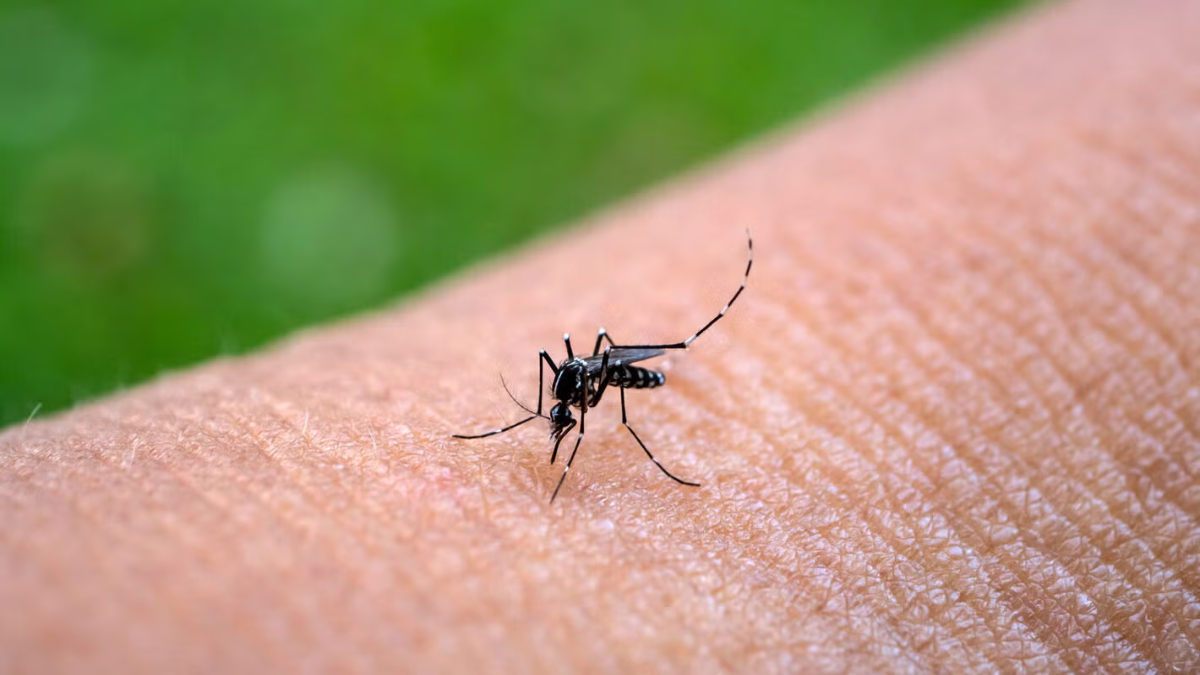Now Reading: Chikungunya Outbreak: A Global Health Threat Emerging from Indian Ocean Islands
-
01
Chikungunya Outbreak: A Global Health Threat Emerging from Indian Ocean Islands
Chikungunya Outbreak: A Global Health Threat Emerging from Indian Ocean Islands

A concerning chikungunya outbreak, initially reported across several Indian Ocean islands, is now rapidly spreading, prompting the World Health Organization (WHO) to issue an urgent global warning. This resurgence mirrors a major epidemic seen two decades ago, raising fears of a widespread crisis as the mosquito-borne virus extends its reach to new territories, including parts of Europe and Asia.
Chikungunya, derived from a Makonde word meaning “to become contorted,” aptly describes the debilitating joint pain that is its hallmark symptom. Transmitted by the same Aedes aegypti and Aedes albopictus mosquitoes responsible for dengue and Zika, the virus typically causes sudden high fever, severe joint pain (especially in the hands and feet), muscle pain, fatigue, and rash. While rarely fatal, the joint pain can persist for months, or even years, significantly impacting quality of life, particularly for the elderly and those with underlying health conditions.
The current outbreak, which began in early 2025, has hit islands like La Réunion, Mayotte, and Mauritius particularly hard, with an estimated one-third of La Réunion’s population already infected. From these initial hotspots, the virus has quickly moved to neighboring regions in Africa, including Madagascar, Somalia, and Kenya. Southeast Asia, including India, is also reporting signs of epidemic-level transmission.
Perhaps most alarmingly, the virus is now establishing a foothold in Europe. While traditionally considered a tropical disease, changing climates and increased global travel have facilitated its expansion. France has reported hundreds of imported cases, and more concerningly, several local transmission episodes have been identified in southern French regions, meaning the virus is being spread by local mosquito populations without individuals having traveled to affected areas. A similar locally transmitted case was recently confirmed in Italy.
The WHO’s stark warning emphasizes that the current trajectory echoes the 2004-2005 chikungunya epidemic, which originated in the Indian Ocean and ultimately affected nearly half a million people globally. According to Dr. Diana Rojas Alvarez, a WHO medical officer, approximately 5.6 billion people across 119 countries are currently at risk.
Why the Rapid Spread?
Several factors are contributing to this alarming spread:
- Mosquito Range Expansion: Climate change is playing a significant role. Warmer temperatures and altered rainfall patterns are expanding the breeding grounds and survival rates for Aedes mosquitoes, pushing their habitat further north into previously untouched regions, including parts of Europe.
- Increased Global Travel: The interconnectedness of the world through air travel allows infected individuals to quickly carry the virus to new areas, where local mosquito populations can then pick it up and spread it further.
- Lack of Immunity: In areas newly exposed to the virus, populations lack natural immunity, making them highly susceptible to infection and enabling rapid transmission.
- Absence of Specific Treatment or Vaccine: Currently, there is no specific antiviral treatment for chikungunya, and while a vaccine (IXCHIQ) has recently been approved in some regions for at-risk adults, it is not yet widely available for broad public health campaigns. Treatment remains supportive, focusing on managing symptoms like fever and pain.
Prevention is Key
With no widely accessible specific treatment, prevention remains the most effective defense against chikungunya. Public health experts and the WHO are urging individuals and communities to implement crucial measures:
- Eliminate Stagnant Water: Mosquitoes breed in standing water. Regularly empty and clean containers such as flower pots, buckets, old tires, and even air conditioner trays.
- Use Mosquito Repellents: Apply insect repellents containing DEET, picaridin, or oil of lemon eucalyptus, especially during peak mosquito biting hours (early morning and late afternoon).
- Wear Protective Clothing: Opt for long-sleeved shirts and long pants, particularly when outdoors in affected areas.
- Install Screens: Ensure doors and windows have intact mosquito screens to prevent mosquitoes from entering homes.
- Community Engagement: Public awareness campaigns and community-level mosquito control programs are vital to curb the spread.
The unfolding chikungunya outbreak serves as a stark reminder of the interconnectedness of global health, climate change, and human activity. Strengthening disease surveillance, investing in early detection systems, and preparing healthcare infrastructure for potential large-scale outbreaks are critical steps for countries worldwide to mitigate this growing global risk.










